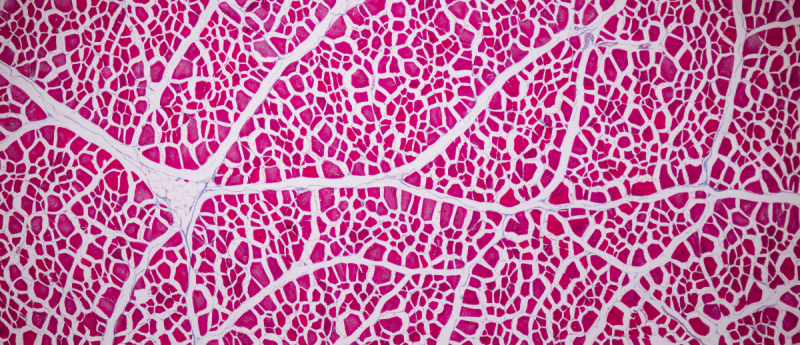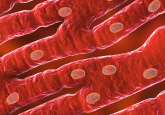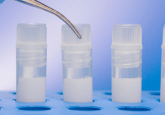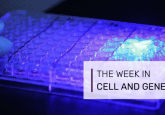Biomechanically accurate tendon tissue engineering using humanoid robots

Researchers from the University of Oxford (UK) and Devanthro GmbH have grown fibroblast cells in a novel flexible bioreactor, attached to a modified musculoskeletal-humanoid robot shoulder joint.
It has previously been established that robotic bioreactor systems can facilitate the growth of tissue-engineered constructs using mechanical stimulation. However, researchers are yet to translate functional grafts into the clinic.
To overcome this, researchers from the University of Oxford in collaboration with Devanthro GmbH designed a novel flexible bioreactor chamber attached to a humanoid robot shoulder joint.
Humanoid robotic avatars, also known as ‘Robody’s’, have both muscles and tendons, as humans do. These Robody’s are currently being used in various research domains including biomechanics and neuroscience to mimic the dimensions, shape and mechanics of the human body.
The purpose of this attachment is that the cultured fibroblasts can mimic multiaxial mechanical stimulation in the form of tension, compression and torsion, that human fibroblasts would typically experience in the shoulder.
Pierre-Alexis Mouthuy (University of Oxford), corresponding author commented: “External mechanical stimulation is key to mature the tissue properly, to have cells express the right type of genes and to produce the right extracellular matrix”
The research team demonstrated that fibroblast cells can grow under the adduction-abduction experienced on the humanoid robotic arm. Furthermore, preliminary data collected has shown that after transcriptome evaluation of these cells on day 14, the robotic movement had a clear effect on the gene expression profile of the fibroblasts.
Future applications of this research include investigating the efficacy of rehabilitation exercises by understanding the effects of a particular exercise on fibroblast cells or for the screening of different biomaterials to determine their suitability for humans.
“Now that we’ve demonstrated that it is feasible to use those humanoid robots, we can explore different possibilities that they can do and look into whether it can really help to improve the quality of the grafts by providing these more physiologically relevant mechanical stresses” concluded Pierre-Alexis Mouthuy.





